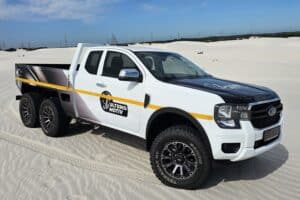Sole availability of a turbodiesel engine isn't enough, on it own, to lure buyers away from the better equipped and more affordable hybrid and plug-in hybrid Chinese offerings.
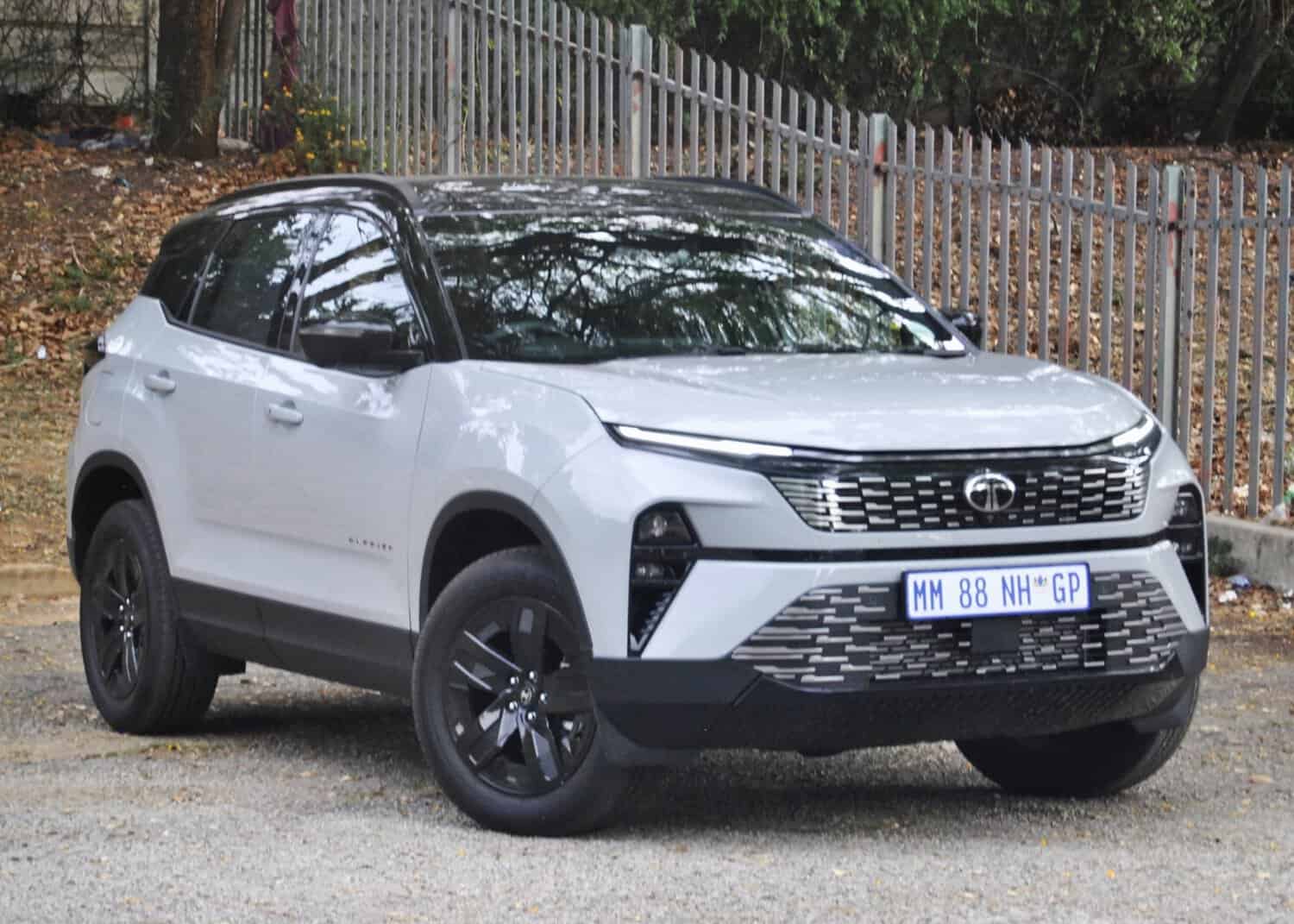
Amidst the still growing influx of Chinese vehicles into the South African market, the return of Indian automaker Tata in August came as an unexpected surprise.
Similar to early products from the People’s Republic, the original Tatas were known only for being cheap and to be frank, not much else.
ALSO READ: Tata Harrier banks on diesel engine to take SUV fight to its rivals
Still, the brand did carve out a small niche before quietly leaving after a decade in 2017, though its truck and bus division continued to operate as normal.
In a similar turnaround to its Chinese rivals, Tata has undergone a complete rethink with a line-up about as far removed from the Indica, Indigo, Telcoline, Xenon, Safari and Bolt as possible.
Going premium
Returning with four models, Tiago, Punch and Curvy, the Harrier tops the range as not only its flagship, but the sole model to offer a turbodiesel engine.
Based on the D8 platform that underpins Tata-owned JLR’s Discovery Sport and Range Rover Evoque, but referred to as Omega Arc, the arrival of the first modern Tata in nearly a decade comes at an equally crucial time for the brand.
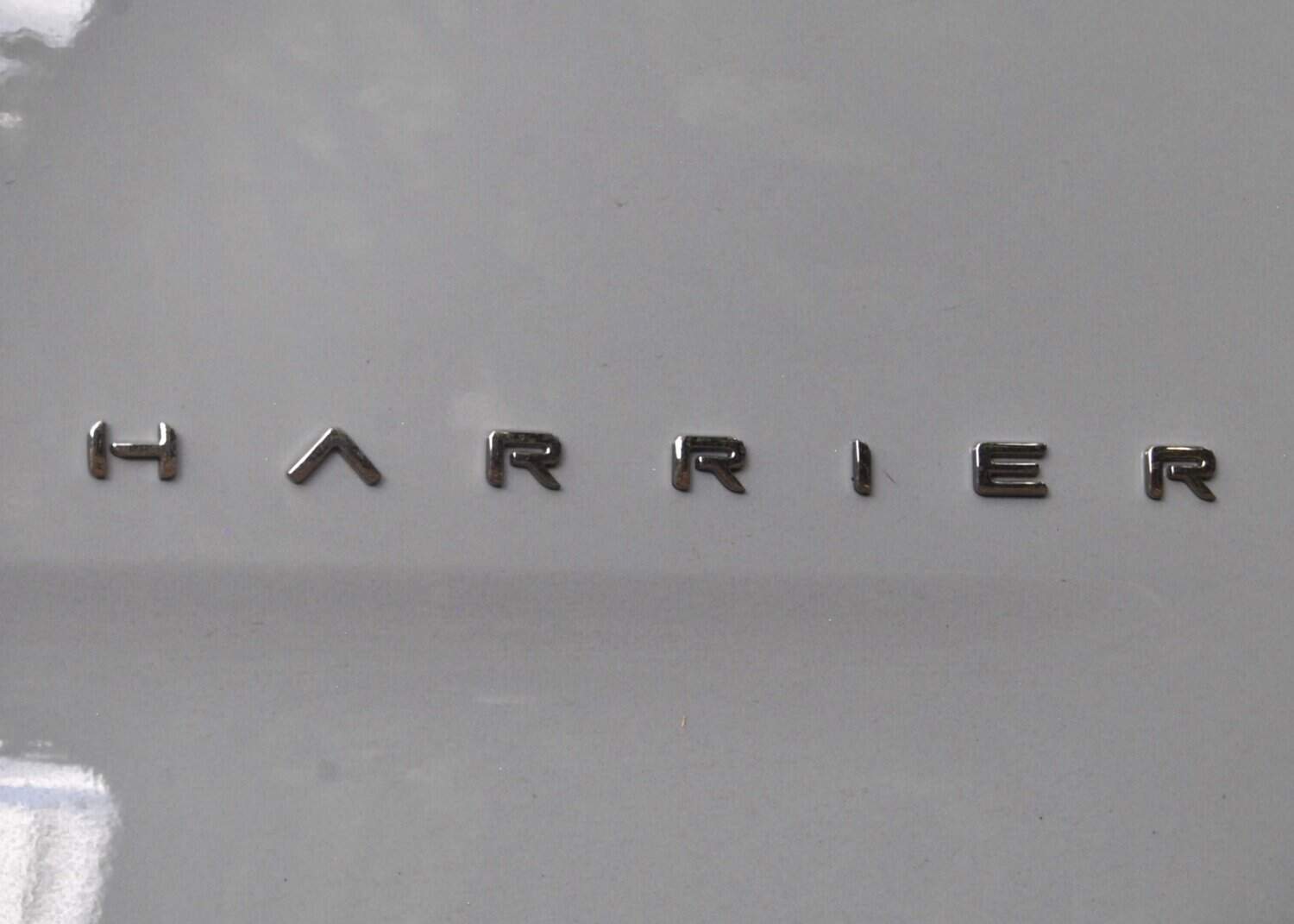
Compared to products from Chery, Omoda & Jaecoo, GWM and to a lesser extent GAC and BYD, the Harrier is more premium focused and, therefore, not as affordable given the supposed better vested reputation of Indian versus Chinese cars.
An approach some will find hard to stomach when remembering Tata’s of old, the Ash Grey coloured Harrier test unit, in top-spec Fearless+ guise, came with the conclusion that, unlike Chery’s incredible transformation and acceptance, the same level of consumer forgiveness isn’t going to be shown as quickly.
Styling success
Aesthetically, the Harrier is off to a good start as the often dour association with silver, grey, black and white works hand-in-hand to create an attractive and aggressive looking product.
Besides the slim design of the LED headlights, Tata has added tasteful lashes of black and silver brightwork, as well as a dual-tone roof that comes standard on the Fearless+.
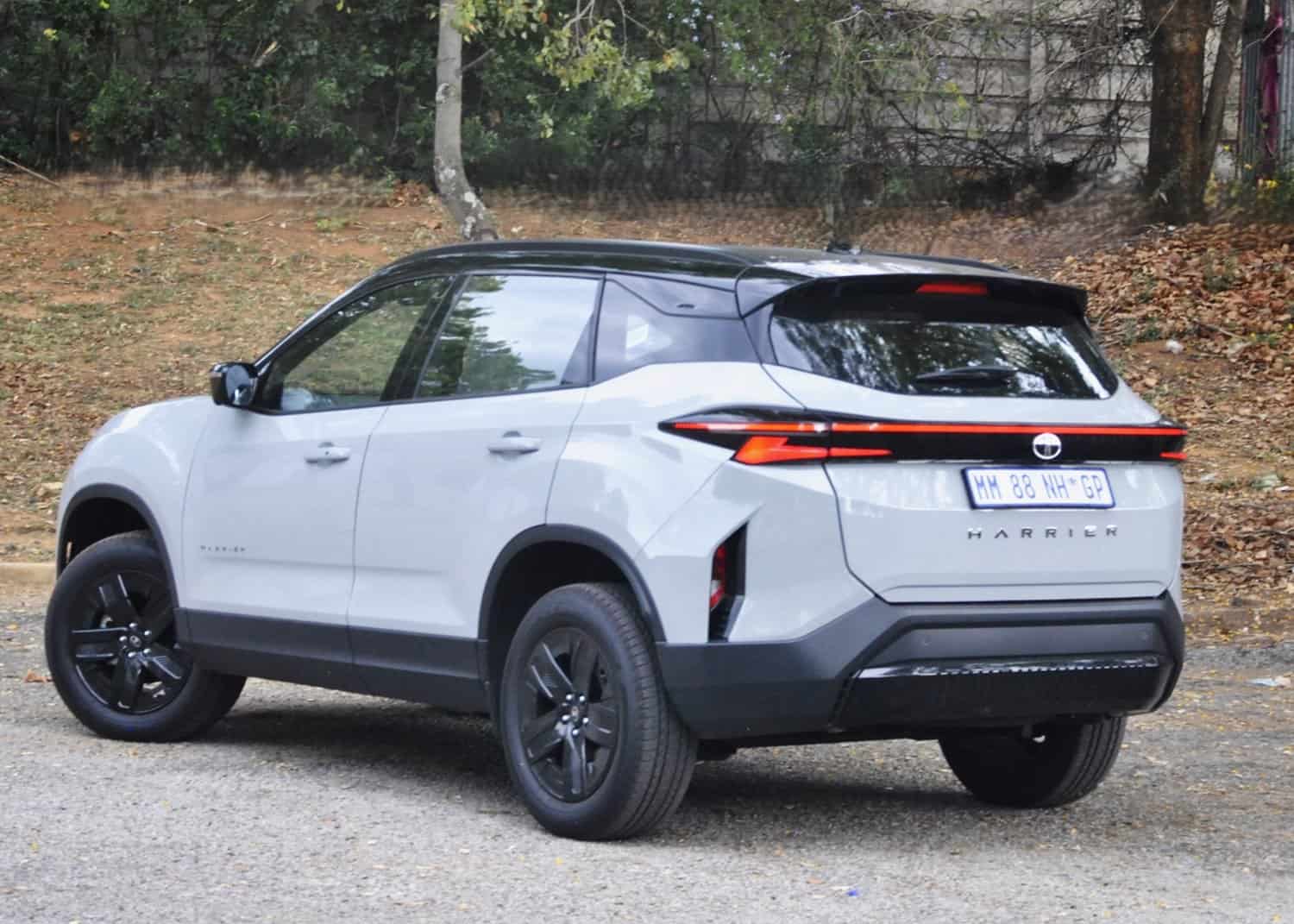
Mounted on gloss black 18-inch alloy wheels, the Harrier’s upright profile shares comparatively little with the Discovery Sport, with the same applying to the wraparound profile of the rear.
In a departure from recent models, the Harrier retains the corporate Tata logo in the centre of the bootlid, but against the backdrop of a full-width LED light bar between the clusters.
Mixed bag interior
Opening the door is more of the same as the interior is the proverbial chalk-and-cheese from early models, but with some old habits still present.
Neat and modern at first glance considering the Harrier debuted back in 2018, the fit-and-finish lags behind the Chinese offerings – the excessive use of piano key black trim being the biggest hinderance.
What’s more, varying material quality from soft-touch to hard plastic, including the impractical white fabric on the centre console and door handles. is exasperated further by the poor placing of the buttons for the front seat ventilation system.
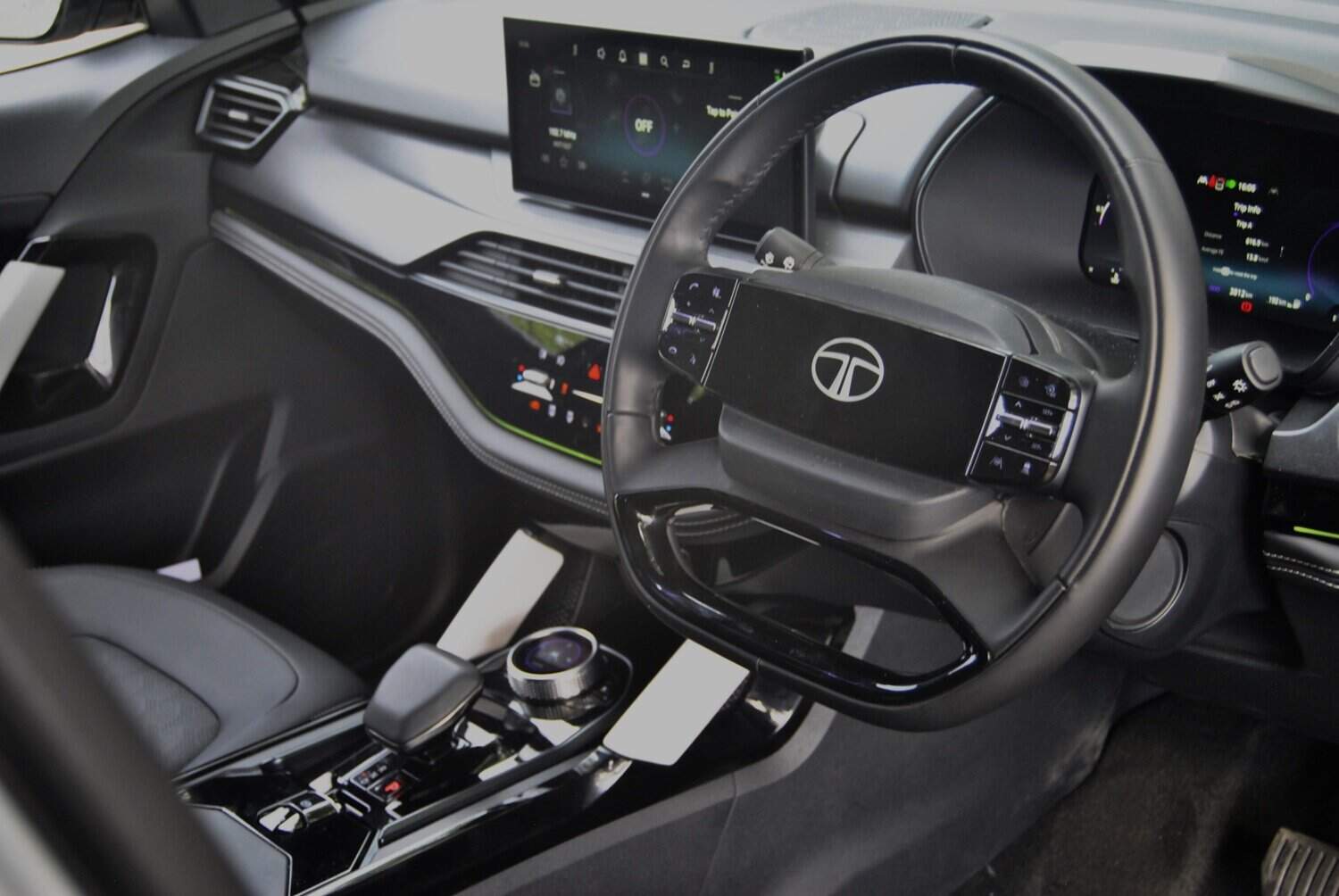
Rather than being located on the console or the door panel, Tata has placed the switches on the panel that covers the otherwise exposed lower section of the seat.
This means drivers are required to take their eyes off the road to adjust the temperature, while also reaching down given the low placing of the switchgear itself.
While the front seat comfort is acceptable, those seated at the rear will have to make do with harder than normal backrests.
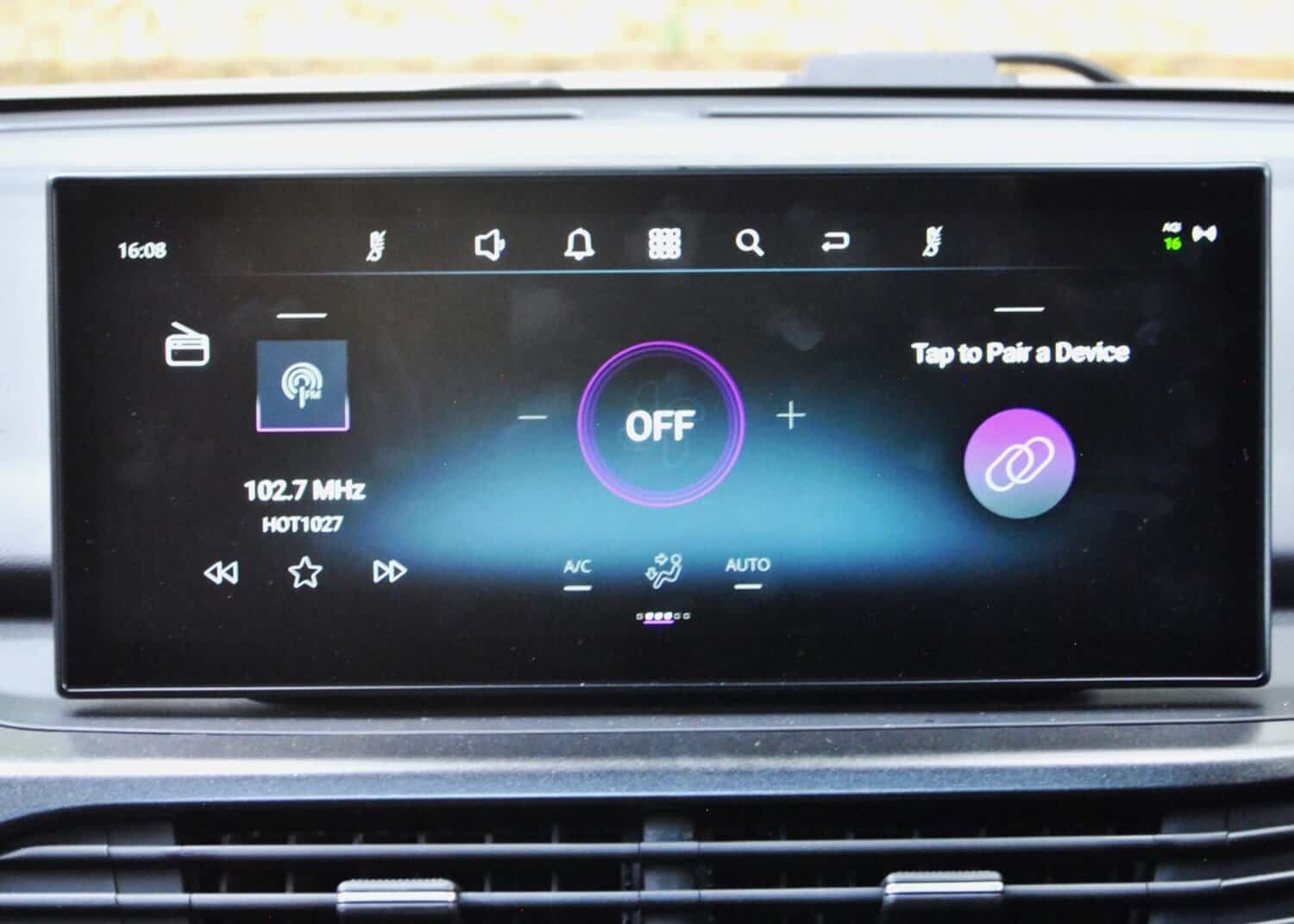
In addition, the panoramic sunroof robs taller passengers of headroom. However, legroom is sufficient and complimented by rear air vents.
Ergonomically, the cabin is hit-and-miss. While fathoming the interface for the dual-zone climate control is easy, the Harman-developed 12.3-inch infotainment system – exclusive to the Fearless+ – is iffy to use with scattered functions grouped into too many submenus.
Equally as challenging is getting to grips with the 10.25-inch digital instrument cluster.

Easier are the physical switches on the steering wheel, which comes with a central gloss black rectangular panel replete with an illuminated Tata logo that some will like and others not.
Also unique to the Fearless+ is a nine-speaker JBL sound system, which proved decent rather than earth shattering audio quality.
Space and tech
On the practical side, opening the electric bootlid, which proved a mission given the almost microscopic size of the release button underneath the number plate cavity, reveals a deep loading area of 445-litres.
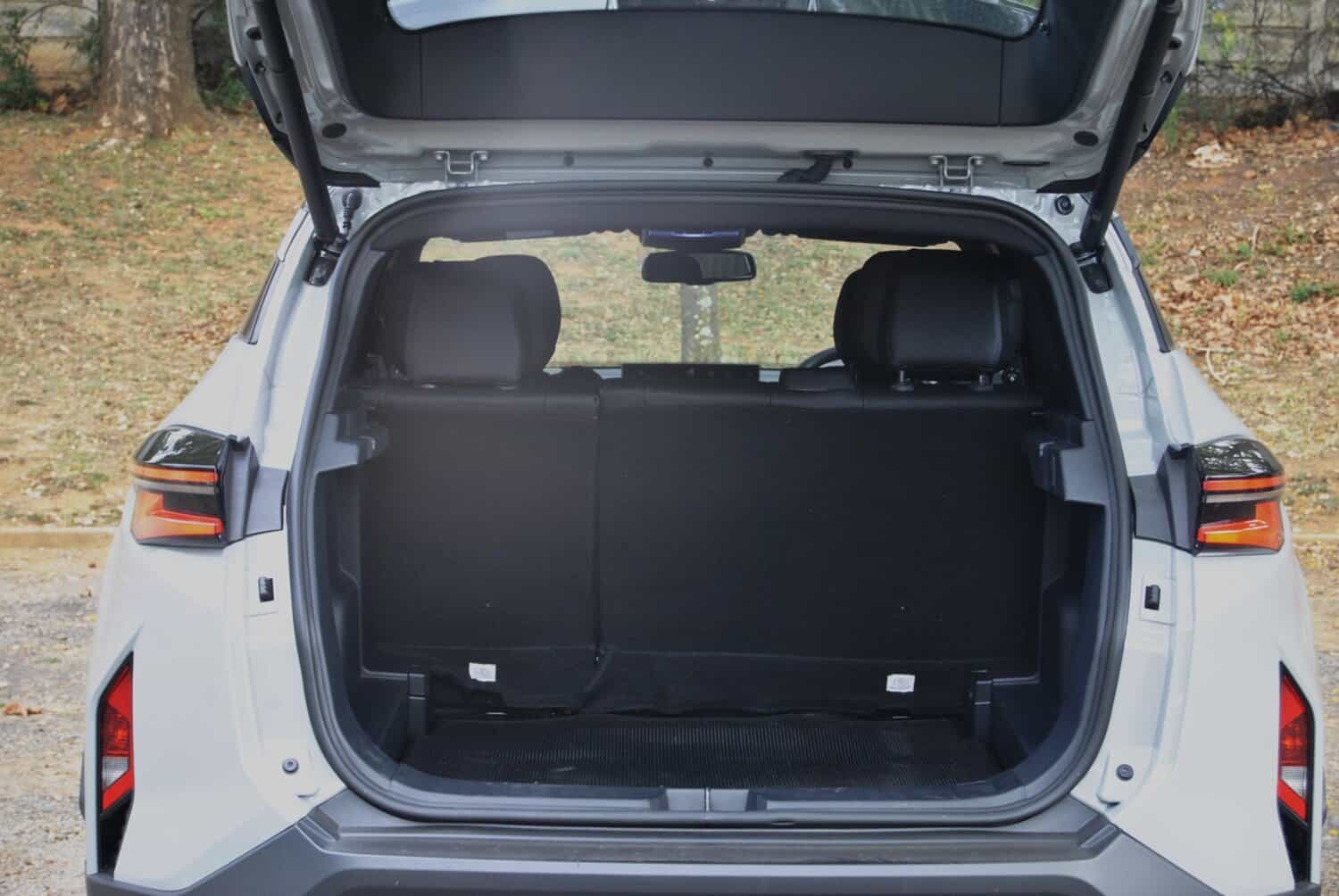
With the rear seats dropped, space increases to a somewhat meagre sounding, on paper, 815-litres.
In terms of specifications, and the bar the items already mentioned, the Fearless+ is equipped with rain sense wipers, ambient lighting, a wireless smartphone charger, front and rear armrests, push-button start, rear window blinds and folding electric mirrors.
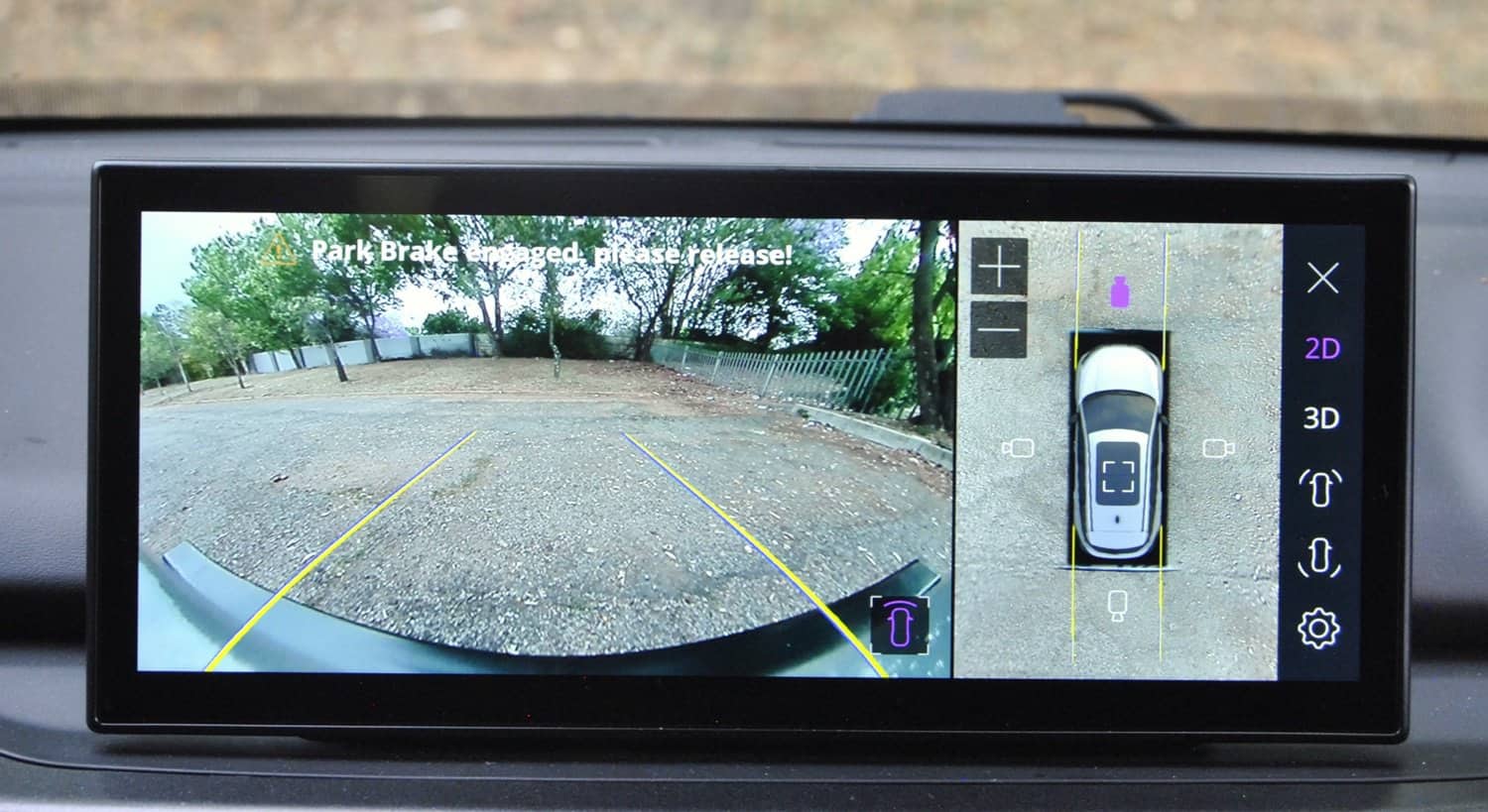
Not left to chance is safety, as noteworthy items comprise front and rear parking sensors, a tyre pressure monitor, seven airbags, a 360-degree camera, Hill Descent Control, Adaptive Cruise Control, Autonomous Emergency Braking, Lane Keep Assist, Forward and Rear Collision Warning and Traffic Sign Recognition.
While able to be switched off completely, some the systems are overly zealous, though not as intrusive as on certain Chinese products.
On the move
The biggest letdown, however, is the Harrier’s powertrain. Hailing from the Fiat-Chrysler Automobiles (FCA) era, the 2.0-litre Multijet unit has undergone extensive changes and, although still licenced as part of a long standing agreement, goes under the Kryotec name with outputs of 125kW/350Nm.
Figures unchanged from certain FCA-era Fiat models, PSA Group Peugeots and Citroëns and General Motors-owned Opel products, the engine is mated to a six-speed automatic gearbox driving the front wheels.
On the move, the engine simply doesn’t feel its outputs as the turbo takes its time to spool up time, to the Harrier feeling underpowered.
Once on the boil, it becomes smoother, but not quieter as more modern diesel engines.
For its part, the six-speed ‘box works reasonably slicks, but becomes flustered when shifting down and would go on a hunting spree to maintain momentum.
Fortunately, paddle shifters are provided and with the drive mode selector switched to Sport mode, the engine pulls stronger with improved if still loud response.
With the exception of the sport setting, the selector has four other modes; Eco, Normal Rough and Wet.
Throughout the customary seven days, the Harrier was left in Normal mode, with no attempts being made to try the latter settings, or take it off-road given its lack of four-wheel drive.
Even more surprising is the lack of any details pertaining to the Harrier’s ground clearance. As such, the big Tata rides relatively smoothly on-road, yet the steering is overly electric and without much feel.
Fuel consumption
As for fuel consumption, India’s use of km/L as the measuring unit saw a best of 14.2 being recorded after the weeklong and eventual 655 km stay.
Converted to L/100 km, the Harrier had done a smidgen over seven litres per 100 km – 0.4 L/100 km off of Tata’s claim, however, it was observed that it seemed to burn through its fuel source quicker than most other diesels.
Conclusion
As much as it will appease buyers adverse to any form of hybridisation, or as an alternative to the oil-burning Hyundai Tucson and Kia Sportage, the Tata Harrier simply isn’t as sorted and glaringly lacks in a few too many areas.
Priced at R699 900, the Fearless+ is also expensive and although the lesser Pure+ and Adventure+ offer slightly better value despite lacking certain features, the Harrier is in for a rough ride to lure buyers away from the Korean pair, never mind the in-form and in-vogue onslaught from the People’s Republic.
NOW READ: Roll-out done as Tata confirms pricing of diesel-only Harrier






